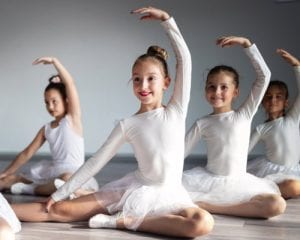Every year in our October issue, we publish a comprehensive how-to guide for parents and students applying to high school for the upcoming academic year. It’s usually complicated enough, when you consider all the various programs, options and deadlines. But this year there’s a new wrench thrown into the process. You guessed it — Covid-19.
Want more info like this? Get our newsletters packed with ideas, events, and information for parents in Staten Island.
"*" indicates required fields
Realistically, the global pandemic shouldn’t affect the high school application process too much. Some open house events and information sessions will be held virtually. The screening process will be different – and more complicated — since there are no state test scores from last year to consider and attendance/grades may be skewed due to quarantine. Elements of the application process are subject to change without notice, which is something you’ve probably grown used throughout the Covid-19 pandemic. The first thing you will need to do as you begin your journey is download the 2021 NYC High School and Specialized High Schools Admissions Guide, which you can find at schools.nyc.gov/high. Your child’s middle school should also have copies of the guide available.
Later this fall, you will receive a personalized Welcome Letter, which includes a unique code to access your MySchools account. The DOE will let you know when letters are on the way. This letter will also include information on how to use MySchools to apply to high school as well as register to take the Specialized High Schools Admissions Test (SHSAT) and to audition for LaGuardia High School.
To begin exploring your options, log into your MySchools account and go to myschools.nyc/en/schools/high-school to search for schools by location, size, courses offered, extracurricular activities and more. Keep a list of the schools that interest you. There are over 700 programs in over 400 high schools available to New York City public school students. When it comes time to apply, you will need to narrow your list down to no more than 12 schools.
If you are thinking of applying to one of New York City’s nine Specialized High Schools, you will need to apply separately. Go to schools.nyc.gov/SHS to learn more about these schools and how to apply for them. All of the links previously mentioned can be found at siparent-com.go-vip.net/highschool.
The 5 W’s (and more) of High School Applications
Who can apply?
Any child who is a current eighth grader and a resident of New York City is eligible to apply for acceptance at a NYC public high school for the 20-20-2021 school year.
When can you apply?
The high school application is not yet open, and no longer closes on December 4, 2020. You will have additional time to apply.
Specialized High Schools registration is not yet open, and no longer closes on October 21, 2020. You will have additional time to register.
Dates and locations for the high school fairs, the Specialized High Schools Admissions Test (SHSAT), and LaGuardia High School auditions—as listed in the 2021 NYC High School and Specialized High Schools Admissions Guide—will also change.
What are your options?
Where can you apply? Here in Staten Island, there are 10 district high schools with over 50 programs available, plus one Specialized High School program. There are over 4,000 seats available to 9th graders on the Island, but you can apply anywhere within the five boroughs.
New York City public school students have more school options available than anywhere else in the country! Some programs cater to specific interests and skills while others are more beneficial to students who are new to the country. There are programs that focus on creating specific learning environments.
Attending open houses is a MUST. Visiting a school, even if just virtually, is the best way to explore whether it’s the right fit for you. You can contact schools directly to find out if they have special events or student-guided tours, but plan to attend as many open houses with your child as you can. Show up prepared with a list of questions – about everything from courses offered to daily schedules and extracurricular activities, as well as Covid-19 safety measures and guidelines – and be ready to write down the answers. And here’s a tip: Write your contact information very clearly on sign-in sheets, as schools often notice which prospective students have attended their events.
How do you apply?
This part is tricky, but not quite rocket science. And if you do it right the first time, you have a 97% chance of getting an offer the first time around. By do it right, we mean if you list 12 programs on your application, in your true order of preference. The higher you rank a school on your list, the higher the chance will be that you receive an offer.
You should estimate your child’s likelihood of being offered a seat in the schools of interest to him. Some schools extend offers based mostly on zoning, while others screen applicants (2019-2020 attendance and punctuality will not impact applications to high schools for students entering in fall 2021). Be sure to research your preferred school’s admission’s methods before applying. You should also take note of the number of applicants per seat. For example, 10 applicants per seat indicate the school is in high demand whereas 3-4 applicants per seat indicate a lower demand.
Some schools offer priority to applicants based on diversity. High schools that are participating in the diversity initiative will give a certain percentage of applicants in the incoming ninth and tenth grades an admissions priority if they qualify as economically disadvantaged. You can learn more about it here.
When the application opens, access your personalized high school application and submit it online with MySchools. If you need help, visit a Family Welcome Center. Staten Island’s Family Welcome Center is located at 715 Ocean Terrace, Building A.
Read Next | Catholic Schools Week
What other options are there?
Some parents would rather their children not attend traditional public school. If you fall into this category, you might be interested in charter schools, one of the specialized high schools, a career/technical school or private schools.
Charter Schools
Charter schools are independent public schools founded by not-for-profit Boards of Trustees. They operate under a contract (or “charter”) of up to five years. Charter schools are New York City public schools and they are open to all New York City students. Many charter schools have unique educational approaches that may include longer school days, a longer school year, or themed programs. Charter schools have a different enrollment process. For information about a specific charter school and its enrollment deadline, contact the school directly.
Specialized High Schools
The nine specialized high schools offer support to students who excel academically and/or artistically. They are:
- The Bronx High School of Science
- The Brooklyn Latin School
- Brooklyn Technical High School
- HS for Mathematics, Science & Engineering at City College of NY
- High School of American Studies at Lehman College
- Queens High School for the Sciences at York College
- Staten Island Technical High School
- Stuyvesant High School
- Fiorello H. LaGuardia High School of Music & Art
Catholic School
If you are considering a Catholic high school for your child, there are a variety of coeducational and single-sex schools, many of which offer partnerships with local Catholic colleges and universities. On Staten Island, there are six Catholic High Schools – two are all boys, two are all girls, and two are co-ed. To apply to a Catholic High school, eighth grade students must take an admissions exam called TACHS (Test for Admission into Catholic High Schools). The deadline to register is October 23, 2019. Learn more at tachsinfo.com.
Career & Technical Schools
These schools integrate academic study with workforce skills in specific career pathways. They offer students the opportunity to graduate high school with industry-specific competencies, skills, training, and even credentials that can lead to college or entry into the workforce. Through these programs, students have the opportunity to earn Advanced Regents diplomas.
Students with Disabilities
Students with disabilities may apply to all programs and are subject to the same admissions requirements as their peers. They may take the SHSAT and apply for all audition programs. Testing accommodations will be provided during the SHSAT administration as outlined in the student’s IEP.
Find more more information on the following here:
- Enrollment for Students with Disabilities
- Enrollment for Students with Accessibility Needs
- Enrollment for Students Learning English
- Students in Temporary Housing
- Enrollment for LGBTQ and Gender Nonconforming Students
- Students with Children.
It might seem like a lot to take in all at once, but you got this! And if you need even more help? If you would like to discuss the admission process, speak to your child’s guidance counselor directly. You can never have too much information!
Want more info like this? Get our newsletters packed with ideas, events, and information for parents in Staten Island.
"*" indicates required fields

Read Next | Health and Wellness Resources for Your Staten Island Child




